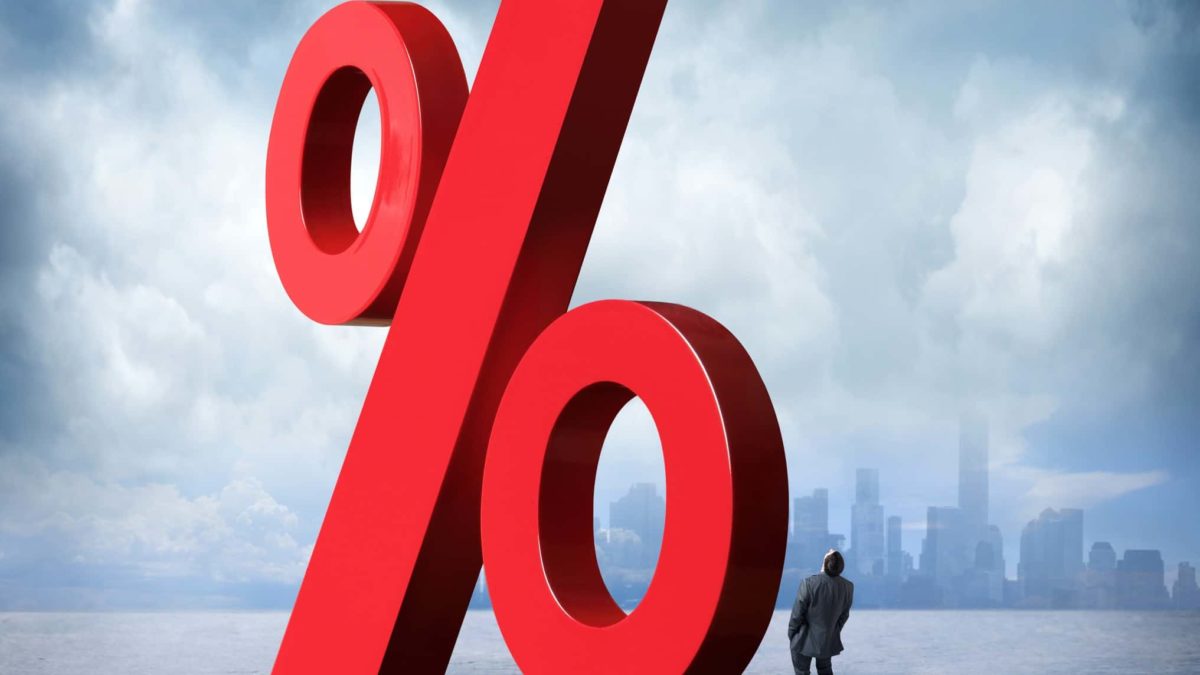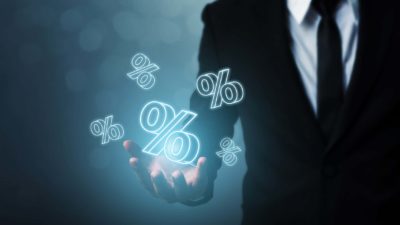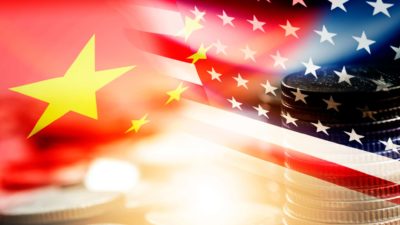We have heard an awful lot about inflation over the past week – and indeed over the past few months. As the Australian economy recovers from COVID-induced lockdowns, increased spending and economic growth have raised the prospects of an inflationary surge. And higher inflation usually means higher interest rates.
This morning, the Australian Bureau of Statistics (ABS) released its latest inflation data covering the quarter ending 30 September. It found that prices across the economy rose by 0.8% over the quarter. That puts the running 12-month inflation rate at 3%. The 'core' rate of inflation (which takes out volatile, one-off rises in specific sectors) rose by 0.7% for the quarter, putting its 12-month figure at 2.1%.
Inflation pot comes off the backburner
The Reserve Bank of Australia (RBA) happens to have a 'target band' of between 2-3% for core inflation. This means that we are now within the RBA's target band for the first time in years.
The biggest contributors to this higher inflation were fuel prices (petrol and diesel) and construction materials.
So now that inflation is within the RBA's target band, what does this mean for interest rates? Well, the RBA has stated before that it will not lift rates from their current all-time low of 0.1% until inflation is "comfortably" within its target band.
RBA governor Philip Lowe has gone on to say that the RBA also wants wage growth across the economy to hit 3% before it considers raising rates. Several times this year, he and the RBA have said that they don't expect these conditions to be met (read rates to rise) until 2024.
Well, that's looking increasingly unrealistic, at least according to several commentators. According to reporting in the Australian Financial Review (AFR) today, AMP Ltd (ASX: AMP) chief economist Shane Oliver is "pencilling in" the first hike in interest rates in November next year. This, he predicts, will be followed by another hike in December 2022. That would bring the cash rate back up to 0.5%, five times what it is today.
Here's some of what he told the AFR:
The September quarter inflation data is stronger than the Reserve Bank was forecasting in August. While the RBA won't rush into a rate hike because it wants to see that 'inflation is sustainably within the target range'… For this to occur it will want to see more evidence that the inflation pick-up is moving beyond transitory distortions due to the pandemic.
What would higher rates mean for ASX shares?
So what would this mean for ASX shares? Many investors are anxious about the prospects of rising rates, given how much the current near-zero level has contributed to both the ASX share market and the national property market's recent rises. And perhaps fair enough too.
The great investor Warren Buffett once described interest rates as acting like gravity on financial markets – the higher the rates, the more they pull asset pricing back to Earth.
So are these fears justified? Not entirely, according to Mr Oliver. Oliver told the AFR that "although the first rate increases will mean a rise in consumer and housing interest rates, the overall level of the cash rate will still be incredibly low and far from 'tight' monetary conditions".









